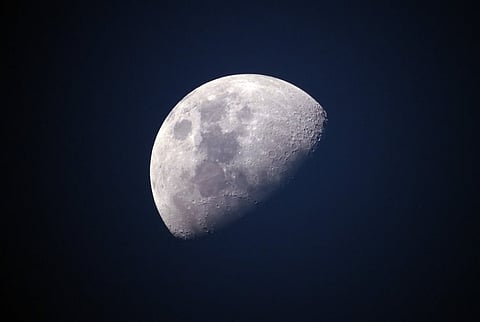Three pieces of the Moon up for sale – The Wall Street Journal
DUBLIN — On a recent trip to Stonehenge, I learned that in Victorian days, people who visited the monument would be given a hammer and chisel and encouraged to take a piece of one of the henge stones home with them. Obviously, as time went by the authorities realised that this strategy would soon result in there being no Stonehenge for anyone to look at. Today, you cannot approach the circle of stones, only view it from a distance, and you're told to take nothing but photos and leave nothing but footprints. Apparently, the same rules don't yet apply to the Moon. The last Americans to visit our lonely satellite left footprints and a flag, and some other space travellers (these ones Russian) brought back some small rock fragments. These rocks are now going on auction – with enough money, you could own a small piece of the Moon. However, it seems likely that, should we ever become regular visitors to the Moon, we'd eventually have to adopt a take nothing policy. – Felicity Duncan
By Robert Lee Hotz
(The Wall Street Journal) Moon rocks will hit the auction block this week as collectors vie for hundreds of vintage artifacts that embody a growing nostalgia for the triumphs of the Cold War space race.
___STEADY_PAYWALL___

